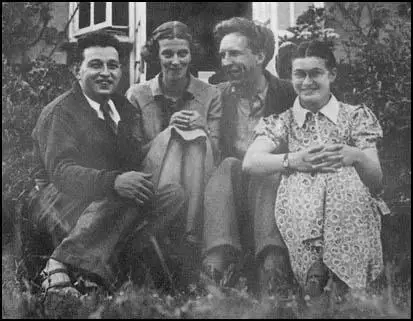Dorothy Hodgkin
Dorothy Hodgkin was born in Cairo, Egypt in 1910. She studied chemistry at Somerville College, Oxford but moved to Cambridge University in 1932 to work on the development of X-ray crystallography with John Bernal. Over the next four years Hodgkin and Bernal produced 12 joint crystallographic papers.
In 1934 Hodgkin returned to Oxford University and carried out research into the structure of penicillin. Hodgkin was eventually able to establish that penicillin consisted of a ring of three carbons and a nitrogen. She then went on to determine the structure of the antibiotic cephalosporin C.
After the Second World War Hodgkin became the first scientist in Britain to use a computer to analyze the molecular structure of complex chemicals and this enabled her to produce three-dimensional models.
In 1948 Hodgkin began her work on vitamin B12. More complex than penicillin, Hodgkin and her team took eight years to determine its structure. Later she carried out research into the structure of insulin.
Hodgkin, the Royal Society Wolfson Research Professor at Oxford (1960-1977), won the Nobel Prize for Chemistry in 1964. A committed socialist, Hodgkin was awarded the Lenin Peace Prize in 1987.
While Chancellor of Bristol University (1970-1988), Hodgkin helped establish a scholarship for students from the developing world. Dorothy Hodgkin died in 1994.

and Dina Fankuchen in September, 1939)
